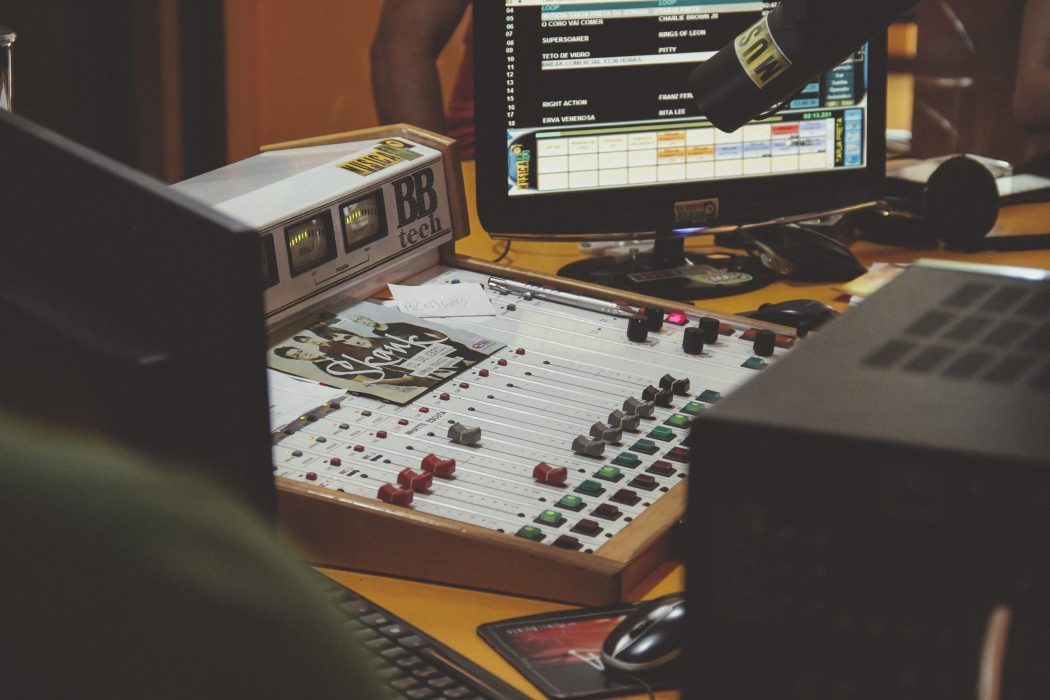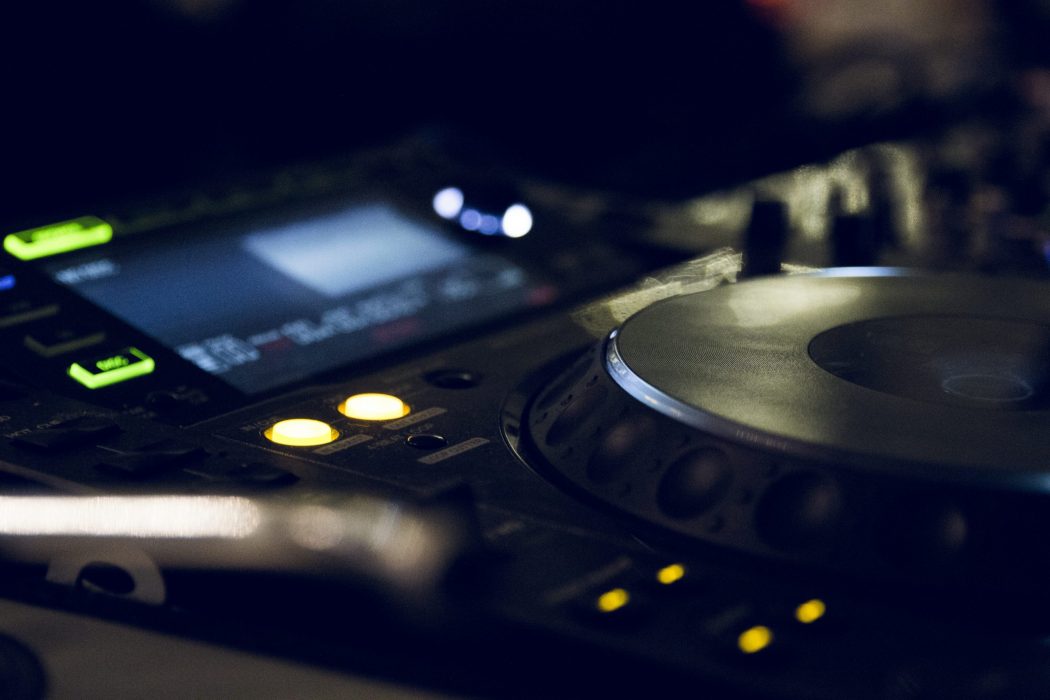Update: We are no longer offering Neighboring Rights services at Rightsify. Join us in our next chapter of making sure artists are paid accurately when their music is played in businesses with Rightsify Direct.
Neighboring Rights are an often misunderstood and overlooked part of the music industry but they are also one of the most valuable. In this blog post we’ll go over the different types of music usage that generate Neighboring Rights royalties as well as how you can collect them internationally in the fastest time possible.
What They are:
Neighboring Rights are the rights of ‘Performers’ and ‘Producers’, or in everyday terms: Artists and Labels. They have almost the equivalent structure of Publishing Rights but instead of being for Songwriters and Publishers they are for the artist and label and revolve around the sound recording rights of a track.
Neighboring Rights Royalty Sources:
Neighboring Rights royalties come from quite a few diverse sources, while not having as many revenue streams as Publishing, the amounts of Neighboring Rights royalties collected globally are growing year over year.
– Radio Broadcast (AM/FM):
This is your standard analog radio that you play in your car. In most countries that recognize Neighboring Rights, radio stations are required to keep a ‘log’ of the music they have played which they report to their local collection society. If your tracks are registered and the society finds airplay they then payout your royalties in their next reporting period.
Some societies will hold unclaimed royalties for a few years, however most tend to payout unclaimed royalties to their members based on market share so having your tracks registered with each society is an absolute must in order to collect your full share.
– Internet Radio/Non-Interactive Streaming:
This is your internet radio services like Pandora and Beats1. So streaming media, without the playlists and custom functionalities of Apple Music, Spotify, etc.
While the royalty rates are generally lower from Internet Radio than they are from analog, if your music is being played a lot on internet radio services around the world this can be a nice supplemental income stream.
– Public Performance:
This is when your music is played in public. for example, at a bar, cafe, hotel, restaurant or retail shop. Historically, Public Performance has been a hard usage method to track what music has been played so the royalties are generally paid out to society members based on market share.
At Rightsify, we also issue direct licenses to public businesses so when a rights holders music is played in public, they get paid for every single play.
– Cable Transmission:
Cable Transmission, in short, is when your music is played on television and delivered via a cable or satellite connection. Like with radio, the TV stations report their usage to local societies and then payout these royalties if your tracks are registered.
– Private Copying:
The Private Copy Levy can be summed up as a fee on the hardware manufacturers of blank audio media that is paid to collection societies. Private Copy royalties are generated from smartphones, tablets, laptops, DVD’s, CD’s as well as USB sticks.
Each country has it’s own unique methods of how they both collect and distribute Private Copy royalties. The WIPO has made a great country, process and fee breakdown that can be read here. The amounts paid from the societies to rights holders for Private Copying are largely dependent on sales data, so providing evidence of your royalty statements from your distributor or label are needed in this case.
How To Collect
The easiest way to start collecting your Neighboring Rights royalties is to affiliate with your local collection society, in the UK that would be PPL and in Australia that would be PPCA. In the US, Neighboring Rights aren’t fully recognized but SoundExchange does collect significant royalties from internet radio platforms like Pandora and Beats1.
However, with Neighboring Rights, once it gets past domestic revenue collecting gets much trickier. For example, at Rightsify we collect Neighboring Rights royalties directly from the source in over 50 countries, we work with both international societies as well as issuing direct licenses to certain music users. Some societies do offer an international collection service, but similar to Publishing this can ultimately lead to waiting two years or more to get paid when your music has been used. Also, a lot of the societies don’t report all music usage to foreign societies so it helps to be registered directly in each country to ensure you get paid in full and get paid faster.
How To Join Rightsify
If you are an artist or record label and own or administer the rights to your sound recordings, we offer both global and territorial deals so you can start collect your Neighboring Rights royalties. Get in touch with us today to get started.












